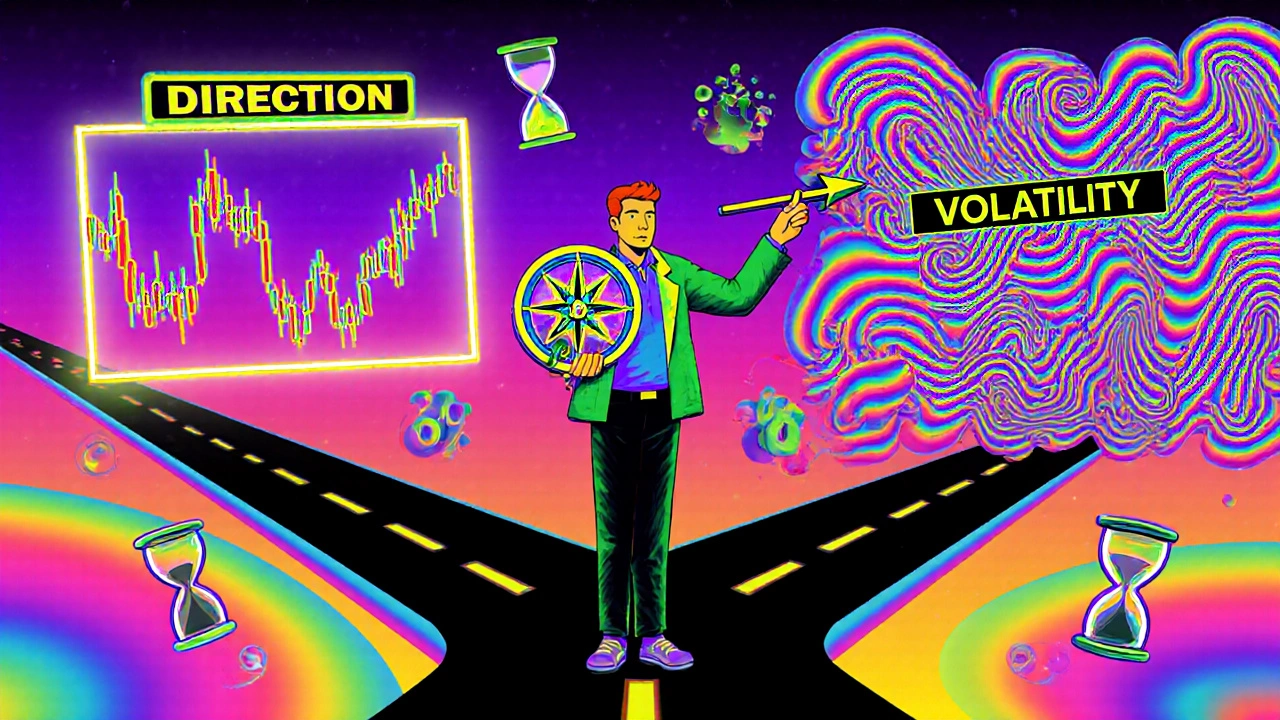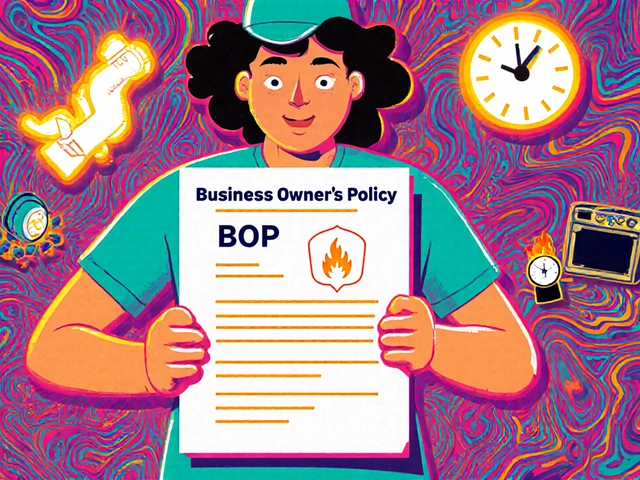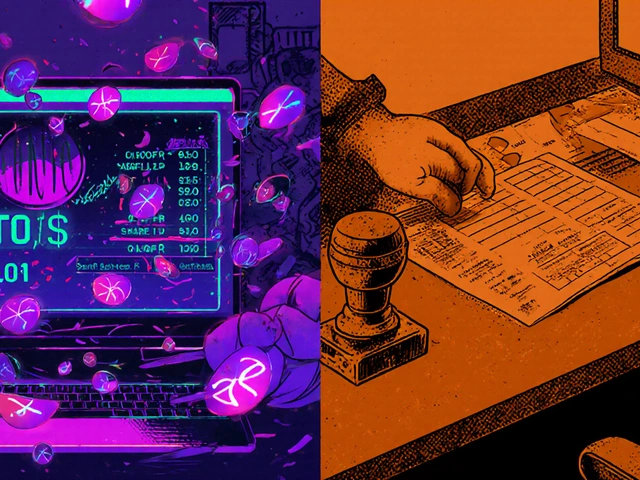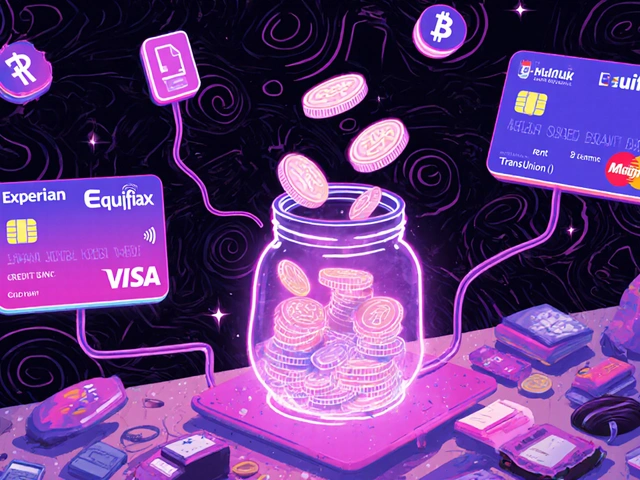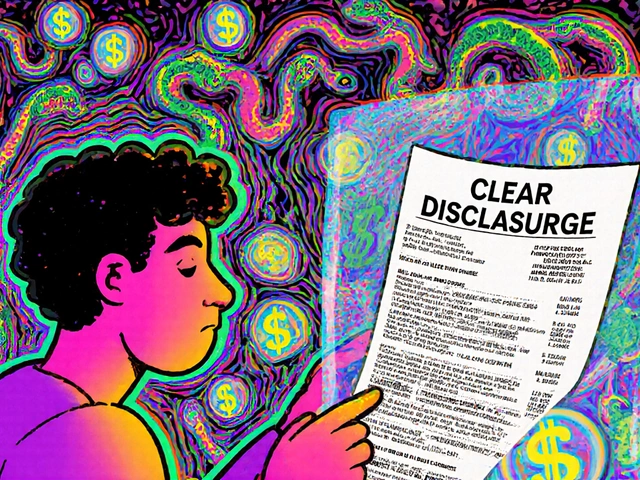Volatility Options: What They Are and How They Work in Real Trading
When you trade volatility options, a financial derivative that lets you speculate on how much a market will move, not which way. Also known as volatility derivatives, they let you profit from fear, uncertainty, or calm — even if the underlying asset barely moves. Most people think options are about guessing if a stock will go up or down. But volatility options are different. They’re about guessing how wild the ride will be.
These tools are built around implied volatility, the market’s forecast of how much a stock or index will swing over a set time. It’s not a guess — it’s baked into the price of options by traders betting on future chaos. When the VIX index, often called the "fear gauge" because it tracks S&P 500 option prices. Also known as volatility index, it spikes, so do volatility options. That’s why traders use them during earnings season, Fed meetings, or global crises — not to predict the direction, but to bet on the noise. You don’t need to know if Apple will hit $200 or $180. You just need to know if the swings will be bigger than the market expects.
Volatility options aren’t just for hedge funds. Retail traders use them to protect portfolios, lock in gains, or turn market anxiety into income. Strategies like buying volatility when it’s low (and selling when it’s high) have worked for years — especially when traditional assets like stocks and bonds move in sync. That’s why posts here cover correlation, rebalancing, and risk management: because volatility options are the tool you reach for when those relationships break down. They’re not magic. They’re math. And when you understand how implied volatility reacts to news, interest rates, or liquidity crunches, you stop being scared of market swings — you start using them.
Below, you’ll find real examples of how traders use volatility options in different markets, how they tie into broader portfolio moves, and what mistakes to avoid when the VIX spikes. No theory. No fluff. Just what works when the market gets loud.
